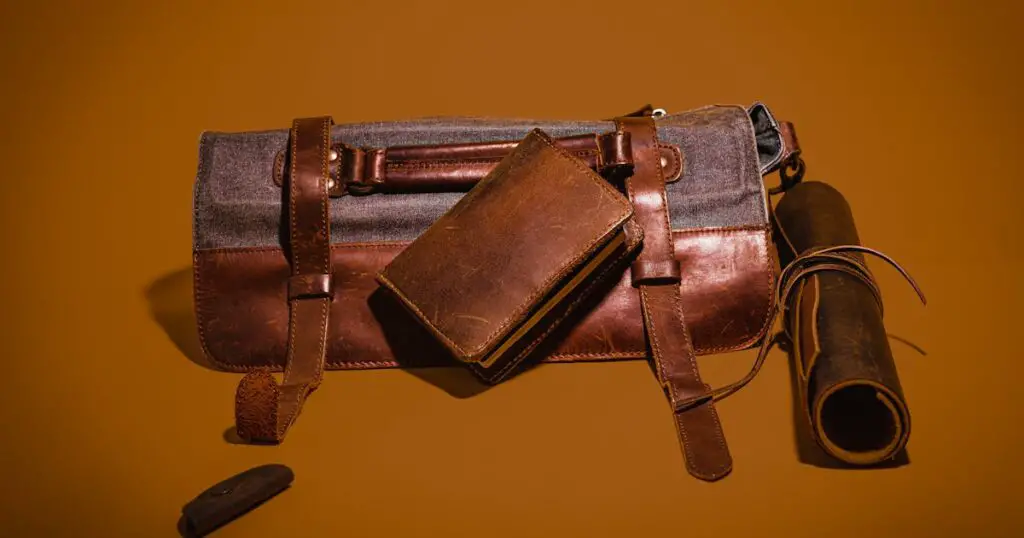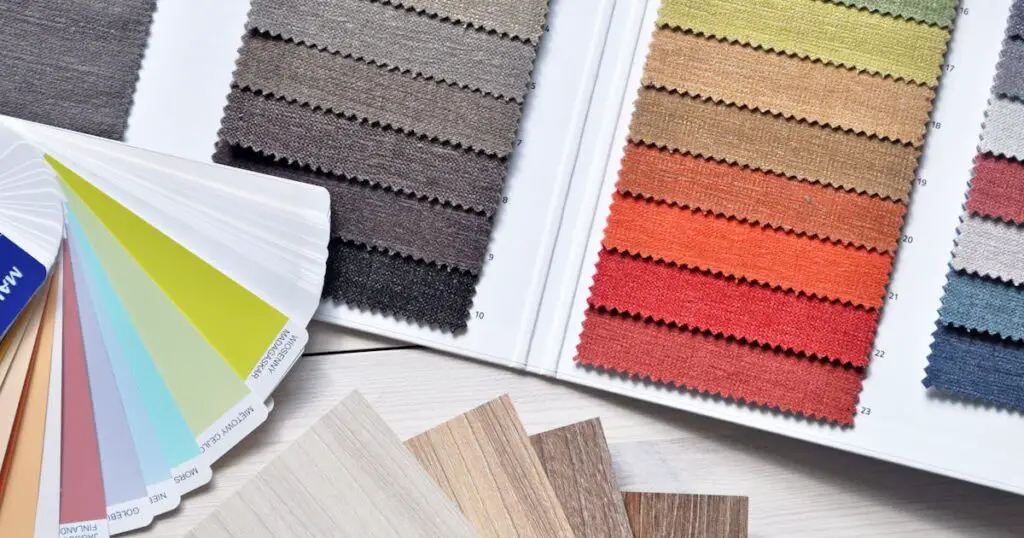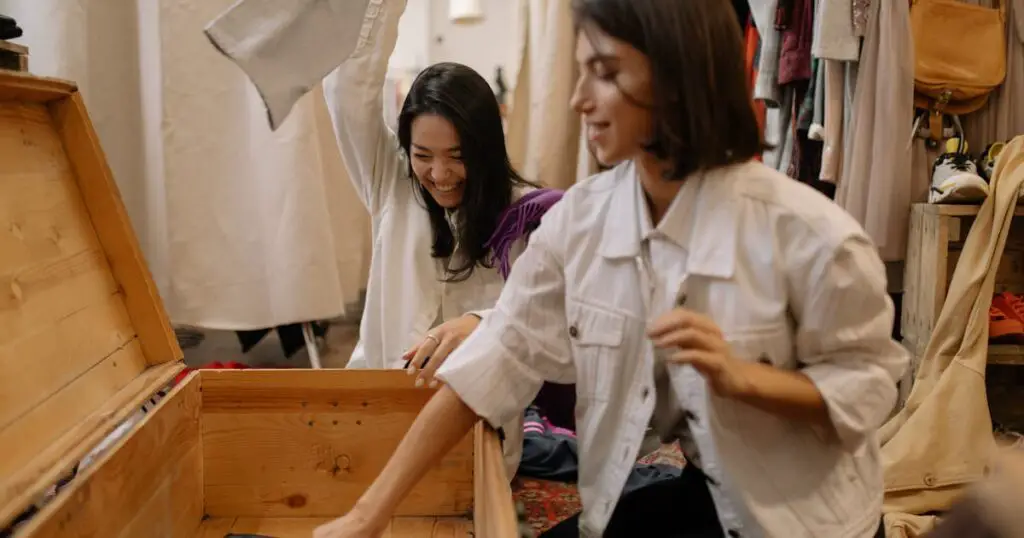key takeaway: Textiles are crucial to human civilization, blending function, culture, and artistry. They protect and beautify, serve practical roles, and carry cultural and historical significance. More than just fabrics, textiles enhance our daily lives, economy, and global heritage, showcasing human creativity and interconnectedness.

Textile is a term used to describe any type of material made up of interlacing fibers, yarns, or threads. These materials are then used to create various types of fabrics used in a wide range of products and applications. Textiles have been an integral part of human civilization for thousands of years, with evidence of textile production dating back to prehistoric times. Today, textiles continue to play a major role in our daily lives, from the clothes we wear to the furniture we use.
What is Textile?
As mentioned earlier, textile refers to any material that is made up of interlacing fibers, yarns or threads. These materials can be natural, such as cotton, silk or wool, or synthetic, such as polyester or nylon.
Textiles are created through a process called weaving, where two sets of yarns are interlaced to form a fabric. This process can also be done through knitting, crocheting or felting.
Importance of Textile
Textiles are an important part of our daily lives and have numerous uses and benefits. On a basic level, textile fabrics provide us with clothing to keep us warm, protect our skin from the sun and other elements, and allow us to express our personal style. However, textiles also play a major role in many industries such as fashion, interior design, healthcare, and more.

In addition to their practical uses, textiles also have cultural significance. Many cultures have traditional textiles that are important to their identity and heritage. Textiles can also be used as a form of art, with intricate designs and patterns created through techniques such as embroidery or weaving.
Uses of Textile
- Clothing – As mentioned earlier, clothing is one of the most common uses of textile fabrics. From everyday wear to special occasion outfits, textiles provide us with a variety of options for clothing.
- Home decor – Textiles are used to create various home decor items such as curtains, carpets, bed sheets, and towels. These products not only serve practical purposes but also add style and personality to our living spaces.
- Industrial applications – Textiles are used in numerous industrial applications such as packaging materials, filters, and insulation materials.
- Healthcare – Textiles are an essential part of healthcare, with products such as bandages, surgical gowns, and bed linens all made from textile fabrics.
- Sports equipment – Many sports equipment such as tennis balls, soccer balls, and parachutes are made from textile materials due to their strength and durability.
History of Textile
The history of textiles can be traced back to prehistoric times when humans first started using natural fibers such as plant and animal hair to make clothing. Over time, different civilizations developed their unique techniques for producing textiles, resulting in a diverse range of fabrics with varying materials, colors, and patterns.

One significant development in the textile industry was the invention of the spinning wheel in the Middle Ages, which made the production of yarn much faster and more efficient. With the industrial revolution in the 18th century, textile production was further revolutionized with the introduction of machines such as the power loom.
Today, textiles continue to evolve and adapt to modern technology, with the use of synthetic materials and advanced manufacturing processes. However, traditional techniques and materials are still valued and celebrated in many cultures.
FAQs
In this section, we will be delving into some of the most common inquiries and curiosities that surround our topic.
Are all textiles made from natural materials?
No, while natural materials such as cotton and silk are commonly used in textile production, synthetic materials like polyester and nylon have also become popular due to their durability and cost-effectiveness.
Can textiles be recycled?
Yes, many types of textiles can be recycled through processes such as shredding, melting, and re-spinning into new fibers.
How can I take care of my textile products?
The best way to take care of your textile products is to follow the care instructions provided by the manufacturer. This may include washing instructions, recommended detergents, and ironing temperatures.
Conclusion: What are Textiles Used For?
In conclusion, textiles are an essential part of our daily lives and have a rich history dating back thousands of years. From providing us with clothing to serving various industries and cultural purposes, textiles continue to play a significant role in society. As technology continues to advance, it will be interesting to see how the textile industry evolves in the future while still honoring its traditional roots.
So next time you put on your favorite shirt or cozy up with a soft blanket, take a moment to appreciate the impact that textiles have on our lives. So next time you put on your favorite shirt or cozy up with a soft blanket, take a moment to appreciate the impact that textiles have on our lives.



Leave a Comment
You must be logged in to post a comment.